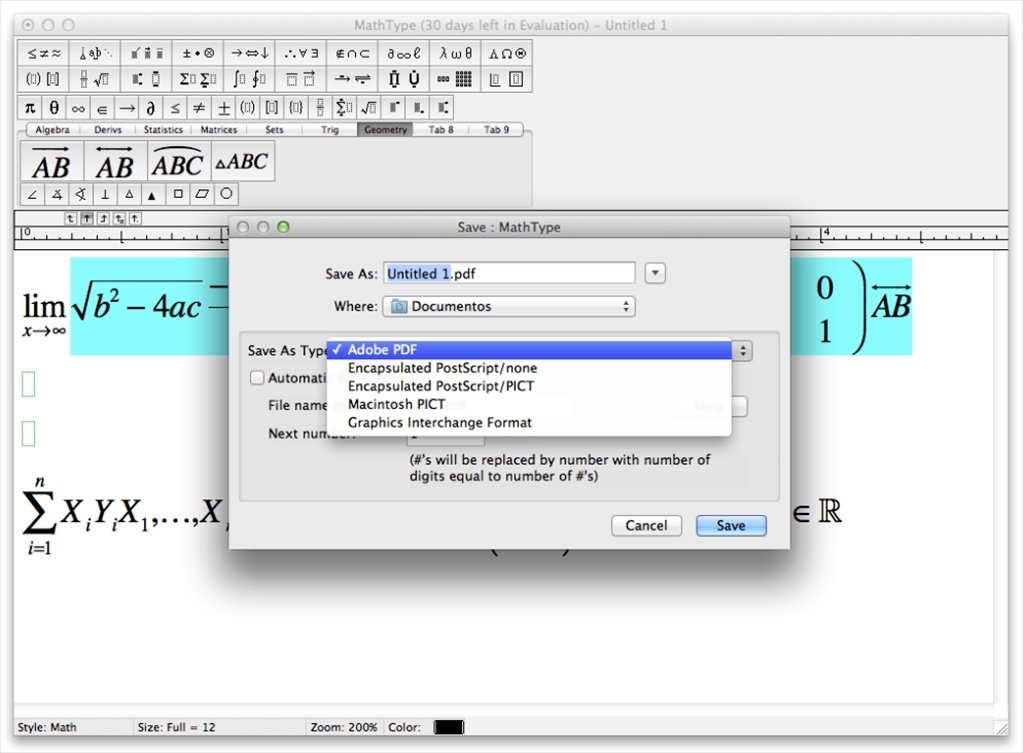Terminal User Guide
Jawbone app mac. You can use the command-line environment interactively by typing a command and waiting for a result, or you can use the shell to compose scripts that run without direct interaction.
Shell For Macbook Pro
Apr 18, 2020 Shell scripts are normally written and run on Linux systems but they’re almost as at home on a Mac system as they are on a Linux system. You can write a Shell script on macOS, and you can run it easily, far more easily than you can on a Windows 10 system. Mar 21, 2012 How to Change Terminal Apps Default Shell in Mac OS X. This adjusts the new shell that is used upon Terminal app launch, new terminal windows, and new terminal tabs, becoming the new default Mac shell. Open Preferences from the Terminal menu, click the “Startup” tab. Under “Shells open with” choose “Command (complete path)” and set the new shell. Default shell options that can be switched to that are bundled with OS X include the following paths.
Execute commands in the shell

In the Terminal app on your Mac, enter the complete pathname of the tool’s executable file, followed by any needed arguments, then press Return.
If a command is located in one of the shell’s known folders, you can omit path information when entering the command name. The list of known folders is stored in the shell’s PATH environment variable and includes the folders containing most command-line tools.
For example, to run the ls command in the current user’s home folder, enter the following at the command prompt, then press Return:
It depends on what you feel comfortable with and what your needs are but I personally use bash, which is an enhanced version of the Bourne shell(sh), so far have had no problems. However, the z-shell is considered to be the most user friendly. Chsh -s /bin/tcsh will change your shell to tcsh Shell hell: Three or four unix shell programs are distributed with Mac OS X. These are tcsh, bash and zsh; ksh joins the family with 10.4.x. Each has its own syntax, but tcsh is fundamentally different from the others. Here are a couple of simple but essential examples of how the syntax differs.
To run a command in the current user’s home folder, precede it with the folder specifier. For example, to run MyCommandLineProg, use the following:
% ~/MyCommandLineProgTo open an app, use the open command:

When entering commands, if you get the message command not found, check your spelling. Here’s an example:
% opne -a TextEdit.app zsh: opne: command not foundTerminate commands
Best Shell For Mac
In the Terminal app on your Mac, click the Terminal window that is running the command you want to terminate.
Press Control-C.
This sends a signal that causes most commands to terminate.
Repeat previously entered commands
The commands you enter during a session are saved so you can repeat a previously used command without retyping it.
In the Terminal app on your Mac, press the Up Arrow key.
The last command you entered appears on the command line.
Continue pressing the Up Arrow key until you see the command you want, then press Return.

